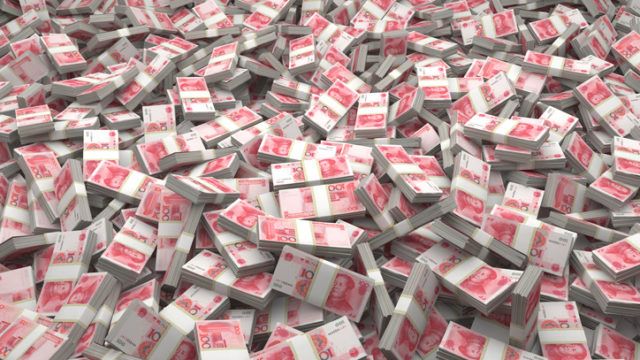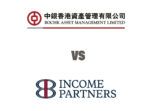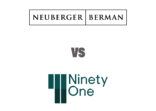Renminbi bond funds saw net inflows of $34bn in the region during the first quarter, followed by Japan equities ($12.7bn) and India equities ($5bn).

All three sectors were driven by their home markets. For example, Japanese equities saw net inflows of $12.76bn from Japanese investors, while most markets, such as in Hong Kong, South Korea and Australia drew out money from the fund category.
However, renminbi bond funds were not only popular in China. In Hong Kong, the fund category was the second highest in terms of net inflows after US-dollar bond funds, while it was the third most popular sector in Japan.
The demand for the asset class was generally high across the region, Barbara Ferraresi, director of global distribution solutions at Broadridge, told FSA, adding that year-to-date, there were around 77 new renminbi bond funds launched across the region.
For investors in Hong Kong, the firm said that the category was positive “only just and simply because all popular sectors have moved out of favour”, she said.
In Japan, most of the gains for the sector went into the OkasanAM Chinese Renminbi Sovereign fund, a product that was launched in October and has since received regular inflows since its launch, Ferraresi added.
Top five equity sectors ($m)

Top five bond sectors ($m)

Top five multi-asset sectors ($m)

On the flipside, allocation funds saw the most outflows in the region (-$6.3bn), followed by real estate funds (-$5.1bn) and China equity funds (-$4.5bn), according to the report.
“The shift towards bond funds, in general, is putting a strain on equities and allocation funds, which are heavily invested in equities,” Ferraresi said.
“This shift was recorded in September last year and is continuing into the first quarter of 2019.”
Bottom 10 selling sectors

In terms of markets, China remained the top market in terms of net sales during the market, followed by Japan, Taiwan, India and South Korea. However, net sales were down during the period, with the exception of India, which showed an acceleration in net sales.
Asia top five markets by net sales

In total, net sales of mutual funds in Asia-Pacific totalled $34.5bn, according to the report, which excluded money-market and fund-of-funds data. It noted that this is driven mostly by passive funds, with net sales of $27bn, which compares to the net inflows of $7.5bn in active funds.
In addition, only 37% of funds showed positive net inflows during the quarter reflecting an ongoing concentration of assets in fewer funds.
Asset growth
Overall, mutual fund assets in the region reached $2.4trn at the end of the first quarter from $2.2trn at the end of 2018, according to the report.
The asset growth was primarily driven by gains in regional equity markets and broad expectations that interest rates have peaked for now, Broadridge said.
The fastest-growing market was Taiwan, which saw assets grew by 19.7% to $73bn during the quarter, followed by China (19.2%) and Australia (19.1%).


















